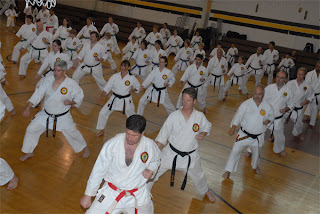

The examples from the literature in the text and workbook were taken from the IMSLP that are public domain in the United States. Additionally, I have found that students enjoy and even prize the time spent at the boards actively learning through part-writing and the completion of similar in class exercises. In my experience, part-writing is the laboratory in which the student can learn many of the fundamentals of music theory. In addition to the extensive excerpts for analysis, the reader will note the prevalence given to part-writing, especially in the books Diatonic Harmony and Chromaticism I. Please email me at from a valid faculty email address if you would like to access these tests or Blackboard pools. I have also written a comprehensive set of exams as well as about 1100 objectives questions for use in Blackboard. The Musition and Auralia software package is robust, customizable, and can be used to reinforce most concepts covered in freshman and sophomore theory. I also highly recommend the use of Rising Software’s Musition (theory) and Auralia (aural skills) software. I encourage the instructor to supplement the course materials through the analysis of lengthy excerpts or complete pieces of music, especially during the sophomore year. Most chapters include PDFs of exercises and excerpts for analysis.

The text is divided into four parts which are linked by a table of contents, allowing a seamless transition between them.Ī Survey of Music Theory for the College Classroom: FundamentalsĪ Survey of Music Theory for the College Classroom: Diatonic HarmonyĪ Survey of Music Theory for the College Classroom: Chromatic Harmony IĪ Survey of Music Theory for the College Classroom: Chromatic Harmony II and 20th Century Music

A Survey of Music Theory for the College Classroom is a concise, practical, and readable text and workbook for use in the freshman and sophomore music theory curriculum.


 0 kommentar(er)
0 kommentar(er)
